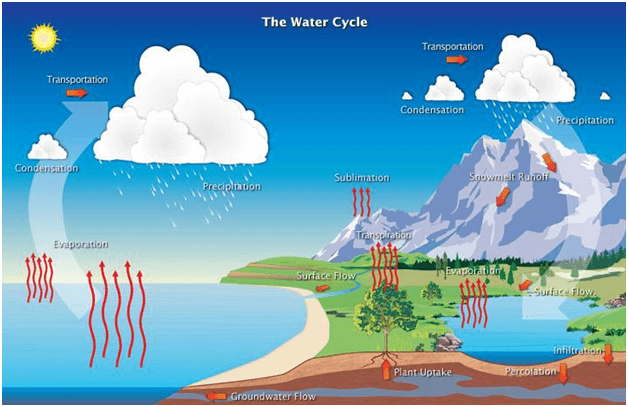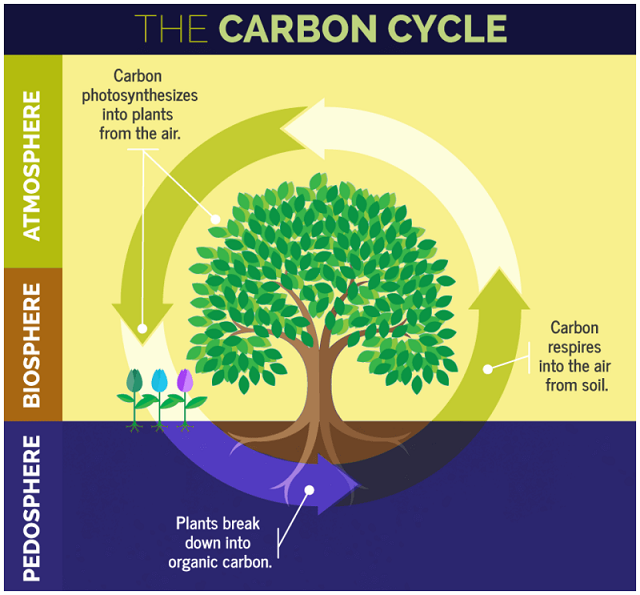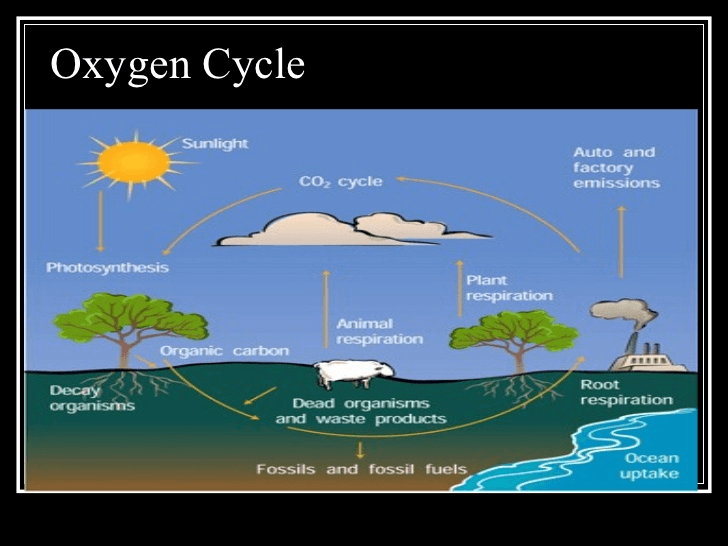Earth is the only one on which life exists. The resources of the earth are land, water and air. Other resources include fossil fuels, sunlight, wind, minerals, etc. Biotic factors are referred to as living things in the ecosystem. Air, water and soil form the non-living or abiotic components of the biosphere.
Air and Air Pollution
An atmosphere is a layer of gases that surrounds a planet. Atmospheric air has 78% nitrogen, 21% oxygen and, 1% of other gases by volume.
Role of atmosphere
The atmosphere keeps the average temperature of earth steady. It slows down the escape of heat into outer space during the night and prevents a sudden increase in temperature during the day.
Air pollution
- Air pollution is caused by the introduction of pollutants, organic molecules, or other unsafe materials into Earth’s atmosphere
- Causes: Man-made sources include combustion of fuel, smoke from industries, Burning crackers etc. Natural sources include forest fires, volcanoes, etc.
- Effects: Respiratory diseases, Global warming, Acid Rain, etc.
Ozone layer
The ozone layer is a thin part of the Earth’s atmosphere, which functions as a shield over the Earth’s stratosphere and absorbs the greatest amount of the Sun’s ultraviolet (UV) radiation. The ozone layer comprises high concentrations of ozone (O3) in relation to other parts of the atmosphere.
Ozone layer depletion
Ozone layer depletion is the reduction of the amount of ozone in the stratosphere which results in greater UV radiations reaching the earth surface.
CFCs
Chlorofluorocarbon (CFC) is an organic compound that contains carbon, chlorine and fluorine
Greenhouse effect
The greenhouse effect is the natural phenomenon, which occurs when the greenhouse gases present in the Earth’s atmosphere trap solar radiation. Carbon dioxide (CO2), methane (CH4), ozone (O3), chlorofluorocarbons (CFCs), nitrous oxide (N2O) and water vapour (H2O) are called greenhouse gases.
Water: A natural resource
Role of water in everyday life: Water forms two-thirds of our body, it keeps the body’s temperature normal. It is also used for agricultural purposes, Domestic Purposes, Industrial Purposes, etc. Distribution of water on earth: Only 3% of the water on the surface is fresh, the remaining 97% resides in the ocean.
Water pollution
Water pollution is the contamination of water bodies, caused by discharging pollutants directly or indirectly into the fresh and clean water bodies without adequate treatment.
The main causes of water pollution are
- Urbanisation.
- Industries
- Agriculture
- Religious and Social Practices
- Withdrawal of water and drying up of water bodies
Water cycle
- The water cycle, also known as the hydrologic cycle, is the continuous movement of water from the earth’s surface to the atmosphere and then back to the ground.

Transpiration and Evaporation
Transpiration is the biological process by which water is lost in the form of water vapour from the aerial parts of the plants called stomata.
Evaporation is a process by which a liquid or solid is transformed into vapour.
Soil
Soil and its formation
Soil is the uppermost layer of the Earth’s crust, formed by the continuous weathering of mountains. Factors causing soil formation are:- Parent material, Time, Climate and Organisms.
Soil composition
Soil is a mixture of organic matter. The basic components of soil are minerals, inorganic matter, water and air. Various types of soil are the clay, loam, silt, sand, etc.
Humus
The organic constituents including the dried leaves, twigs, remains of plants and animals decompose to form the upper organic layer, known as humus. It plays an important role in increasing the fertility of the soil.
Soil pollution
The addition of harmful or toxic chemicals to the soil which renders it unproductive is called soil pollution. Fertilizers, insecticides, industrial wastes, accidental oil spills, acid rain, etc. are pollutants and are the main causes of soil pollution.
Soil erosion
Soil erosion is one form of soil degradation. Flowing water, rainwater and the wind are the prime agents which cause soil erosion. This causes loss of topsoil and also reduces crop production potential.
Bio-geo-chemical cycle
The natural cycle or pathways in which the essential matter is circulated through the biotic and abiotic parts of an ecosystem.
- Biogeochemical = Biological Chemical + Geological Process
Carbon
Carbon is a chemical element with the symbol C. It is a nonmetallic chemical element, found in various forms:
- In Elemental forms- Diamond, graphite
- In Combined form-carbon dioxide, carbonates
- Carbon-containing molecules are proteins, carbohydrates, fats, nucleic acids, vitamins
Carbon cycle
The circulation and transformation of carbon between living things and the environment is called the Carbon Cycle.

Nitrogen Cycle
The nitrogen cycle is the recycling and reusing of nitrogen in different forms to meet the demands for various environmental activities.

Oxygen Cycle
It is a biological process which helps in maintaining the oxygen level.
Photosynthesis is a biological process used by plants to prepare their food with the help of sunlight and energy.
